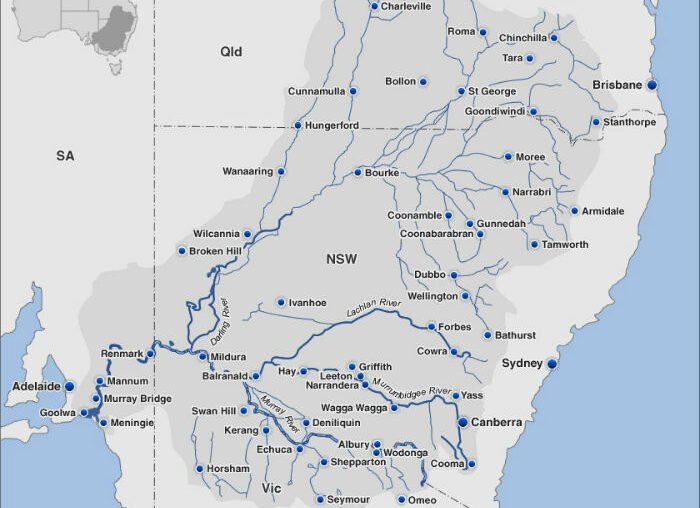There is a general consensus amongst the scientific community that native fish abundance has declined across the Murray-Darling Basin (MDB), and that the distribution of some species has significantly contracted to the point that several species are now considered threatened or even locally extinct. In the early-mid 2000s there was still some dispute regarding the degree of environmental impacts over the past 200 years, and there was potential for the dissemination of misinformation or misinterpretation of various data.
This project aimed to collate all fish survey information from around the MDB and to provide a Basin scale overview of the status of native fish in the MDB and trends in abundance and distribution. A key objective of this project was to assess historical trends in native fish abundance across the Basin. The applicability of a range of statistical techniques for assessing trends in fish abundance were explored and the potential techniques were presented at the two scientific workshops.
Findings:

The review of available data revealed:
- Data was of variable quality, often with missing fields and obvious errors.
- There is limited effort data to enable standardised assessment of trends in abundance over historical time scales.
- When stratified for method there is a limited time scale over which trends can be assessed (only the last 10-15 years).
- Trends in relative abundance can be assessed over recent years for some specific locations, but the majority of historical change has likely occurred before suitable survey methods commenced.
As a result of these limitations, the approach taken was to document historical trends based on available literature and anecdotal information. Where possible this was augmented with quantitative data, though such examples were limited to a few Basin locations.
From early explorers records in the early to mid 1800s, Murray cod (Maccullochella peelii), Silver perch (Bidyanus bidyanus) and Freshwater catfish (Tandanus tandanus) appeared widely distributed and abundant, particularly so for the Murray cod in some areas. Aborigines were adept at catching fish using a variety of techniques, and at times fish were so plentiful that sufficient fish were available to feed hundreds or even thousands of people during seasonal gatherings along the Darling River, and presumably elsewhere in the Basin. Evidence regarding the distribution and abundance of native fish around the time of European exploration and settlement is limited to descriptions of large bodied fish, presumably because of their food value.

Commercial fishing commenced in the mid 1800s, predominantly focused along the lower Murray, Murrumbidgee and Darling Rivers and targeting Murray cod. Within a few decades concerns regarding the state of the fishery and declines in fish stocks were being voiced, although occasional good harvest years, probably related to wet years, still occurred into the mid and later 1900s.
In general, native fish communities within the Murray-Darling Basin have declined in abundance and distribution. Many populations of native fish, which were considered to be widespread throughout the Basin prior to European settlement, are now fragmented and reproductively isolated. In general, fish communities tend to show differences between highly regulated systems, predominantly in the south of the Basin, and those in the northern Basin and arid zone areas that retain a more natural flow.
Despite some local increases in fish abundance in recent years in some locations it is likely that the majority of decline in native fish abundance occurred in the late 19th and early to mid 20th centuries. Hence patterns observed over the last 10-15 years are likely to represent relatively small changes in abundance compared to the longer term historical decline in abundance that has occurred in some areas.
Implications for native fish:
- Even though the data collected was of limited value for assessing abundance, a significant volume of data was collected on fish location and collection date.
- Historic data around European settlement is limited to large-bodied species.
- From the mid 1800s, commercial fishing was established in the larger waterways of the Basin, with the fishery declining within a few decades.
- The majority of decline in native fish abundance is likely to have occurred in the late 19th and early to mid 20th centuries.
- Increases in fish abundance in some regions observed over the last 10-15 years are likely to represent relatively small changes in abundance compared to the longer term historical decline
- It is extremely difficult to rigorously assess change in fish abundance without standardised sampling techniques.
Analysis of MDB Fish Decline – Report by Sinclair Knight Merz



